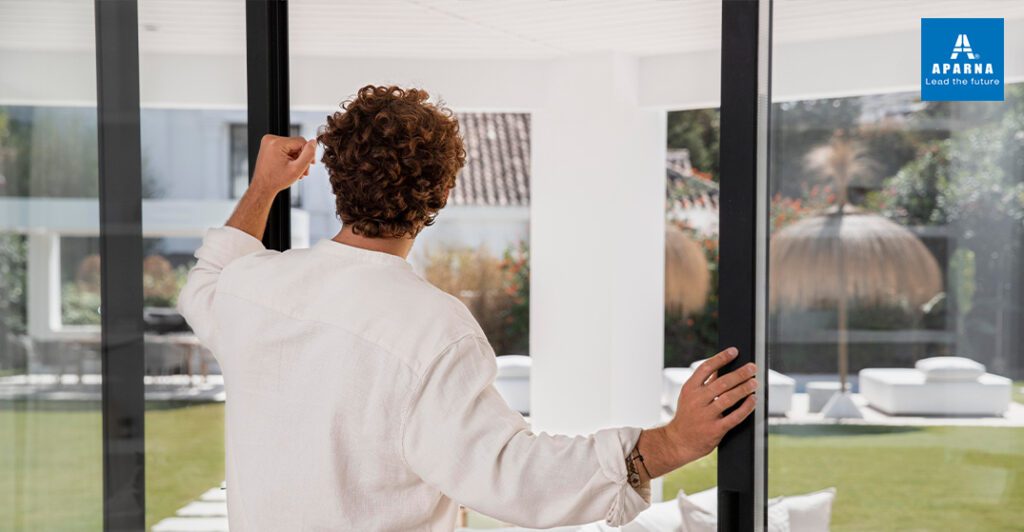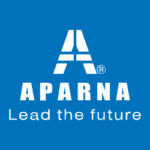Tag: home interiors
Sliding uPVC Windows vs Casement: Space Math, Airflow, Maintenance and Cost

Sliding uPVC windows have become a preferred choice in modern architecture due to their functionality sleek look and space efficiency. Many homeowners compare them with traditional casement windows before deciding what suits their home best. The differences between these two styles go beyond looks and touch key factors like space, airflow, maintenance, insulation, and long-term cost.
1. How Space Defines Sliding uPVC Windows
In compact urban homes, every inch of space matters. Sliding uPVC windows open horizontally along tracks, which means they never intrude into the room or outside the wall. This makes them ideal for high-rise apartments, kitchens, corridors, and balconies where space optimization is crucial.
Casement windows, by contrast, open outward or inward on side hinges. They require clearance to function properly. While they offer full aperture openings, they can interfere with external spaces like planters or interior furniture.
Sliding uPVC windows maximize room layout flexibility and provide sleek, modern aesthetics that blend with contemporary interiors.
2. Airflow and Natural Ventilation
Air circulation inside a room affects comfort, humidity, and air quality. Casement windows allow complete opening, so they catch wind from multiple directions, creating strong natural ventilation.
Sliding uPVC windows usually open to half their frame width, yet they offer consistent airflow and excellent control over light and breeze. The wide glass area also enhances visual openness and keeps interiors bright through the day.
For high-rise apartments or windy regions, sliding systems provide better structural stability and are easier to operate than casement windows, which can be heavy when large.
3. Maintenance Simplicity of Sliding uPVC Windows
Maintenance plays a major role in the long-term appeal of any window system. Sliding uPVC windows score higher in ease of care because they have fewer mechanical components. The rollers and tracks require only occasional cleaning and lubrication to ensure smooth operation.
Casement windows come with friction hinges, locking handles, and weather seals that need more frequent checks and adjustment. Although both styles are made from durable uPVC profiles, the simpler design of sliding uPVC windows translates into fewer service requirements over time.
For homeowners seeking functionality with minimal effort, sliding uPVC windows provide a practical balance between performance and maintenance.
4. Insulation, Energy Efficiency, and Comfort
uPVC as a material offers inherent insulation, but the window design determines how well it performs. Casement systems create an airtight seal when shut, delivering excellent protection from heat and external noise.
Sliding uPVC windows are also energy-efficient, especially when fitted with double-glazed glass and quality brush seals. Aparna Venster’s sliding systems are engineered with precision-fit tracks that limit air leakage, helping maintain indoor temperatures and reduce air conditioning usage.
Energy-efficient sliding uPVC windows not only improve comfort but also contribute to lower electricity costs across seasons.
5. Price and Long-Term Value
When comparing pricing, sliding uPVC windows generally come at a more affordable range due to their straightforward structure and faster installation. Casement models involve more hardware like multiple hinges and locking points, making them slightly more expensive to fabricate and fit.
Sliding systems provide excellent value in large window spans where smooth operation and cost efficiency matter. The savings continue over time with minimal maintenance and durable uPVC frames that last for decades without warping or corrosion.
With premium profiles and glass options from Aparna Enterprises, sliding uPVC windows combine aesthetics, performance, and long-term affordability for both residential and commercial spaces.
6. Aesthetic and Functional Appeal
Design flexibility is one of the biggest strengths of sliding uPVC windows. Their clean horizontal lines and uninterrupted glass surface create a sense of openness that complements minimalist architecture. They can be customized in various color finishes, tints, and frame thicknesses to match both modern and traditional facades.
Casement windows suit classic architectural styles where the visual depth of open sashes adds charm. Sliding uPVC windows, on the other hand, deliver a streamlined look with panoramic visibility, making rooms feel larger and brighter.
For interior designers, sliding systems act as natural extensions of open-plan spaces, connecting indoor areas seamlessly with balconies or gardens.
7. Durability, Security, and Weather Protection
Sliding uPVC windows from Aparna Venster are built with reinforced uPVC profiles that resist UV radiation, wind, and rain. The interlocking sashes enhance security and seal tight during storms. Their corrosion-proof hardware ensures reliable performance even in coastal or humid climates.
Casement windows offer strong multi-point locking, giving them an advantage in security. However, high-quality sliding uPVC windows with integrated safety locks and anti-lift features provide comparable protection while maintaining ease of use.
Both window types are tested for wind load, water tightness, and air permeability, ensuring reliable performance for years.
8. Sustainability and Environmental Value
Modern homeowners value sustainable construction materials, and uPVC fits perfectly into that vision. Sliding uPVC windows are 100 percent recyclable and have a long lifespan, reducing the need for frequent replacements. Aparna Venster’s profiles are lead-free and comply with global environmental standards like RoHS and REACH.
Energy efficiency from proper insulation lowers energy consumption, directly contributing to carbon reduction. Using sliding uPVC windows in green-certified projects can also earn credit points under programs such as IGBC and LEED.
9. Customization Options with Aparna Enterprises
Aparna Venster provides customized sliding uPVC windows for every architectural need. You can choose frame colors, glazing thickness, insect screens, and track types depending on climate, view, and sound insulation requirements. Each product undergoes strict quality testing for weather resistance and dimensional accuracy.
For projects focused on space optimization, noise control, or modern styling, sliding uPVC windows from Aparna Enterprises bring technology, design, and practicality together with lasting value
